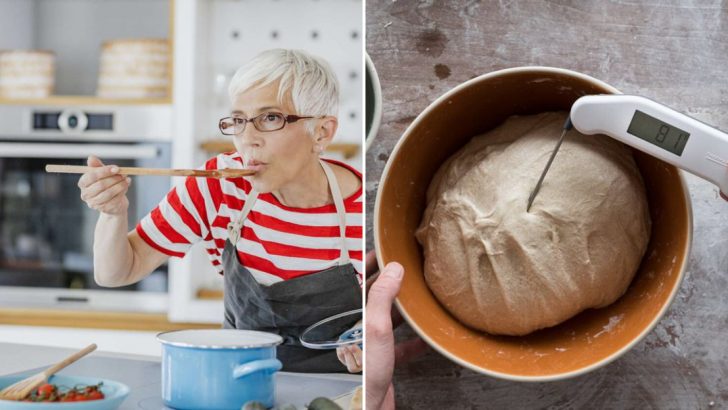In the kitchen, even the most experienced chefs (yes, I’m talking about me too) are prone to making mistakes that can turn a gourmet dish into something… well, less gourmet. But don’t worry, folks—if you’re reading this, you’ve got the power to turn those cooking blunders into opportunities for greatness.
Consider these 27 common cooking sins as your personal roadmap to culinary glory—because let’s face it, we’ve all been there. So grab your apron (or don’t, I’m not here to judge) and get ready to fix the messes you didn’t even realize you were making.
Trust me, after reading this, your taste buds—and anyone who eats your food—will thank you.
1. Overcrowding The Pan
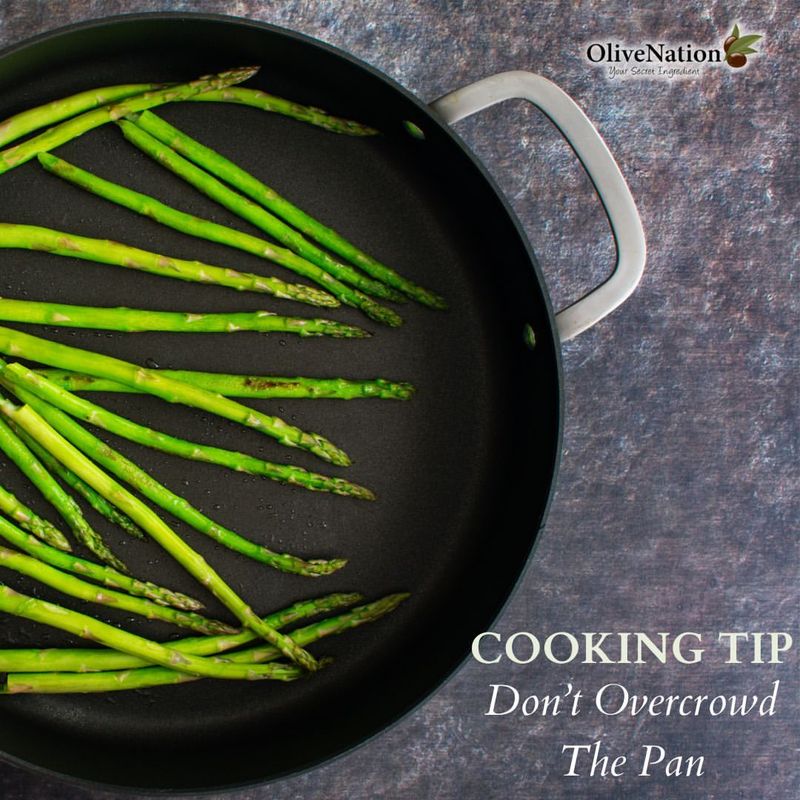
If you’ve ever wondered why your stir-fry ended up soggy instead of crisp, overcrowding the pan might be the culprit. When too many ingredients share the same space, they steam rather than sear.
Hence, always allow ample space between each item. By doing so, each component receives equal attention, resulting in an evenly cooked dish.
2. Using Dull Knives
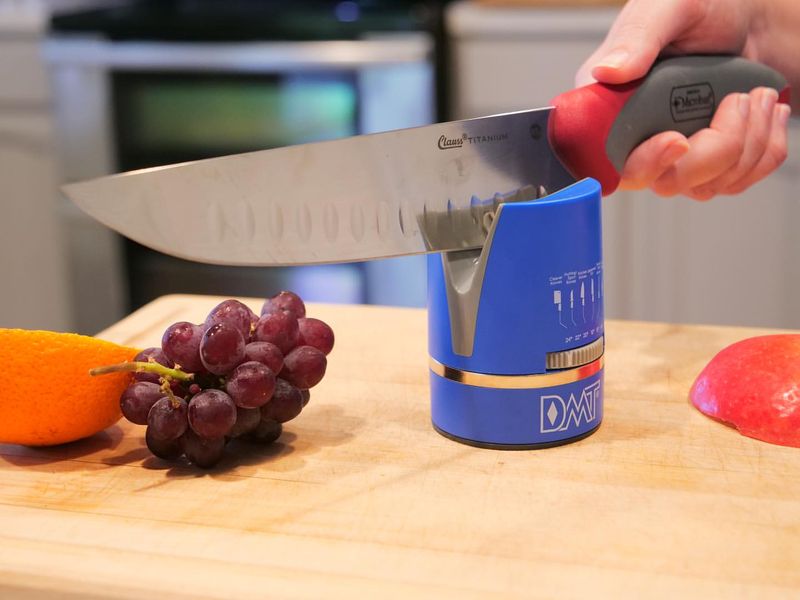
A dull knife not only makes chopping laborious but also increases the risk of injury. Sharp knives are essential for precision cutting and efficiency in the kitchen. Always ensure your knives are regularly sharpened and properly maintained.
Remember: a sharp knife is a cook’s best friend, slicing through tasks with ease and safety.
3. Not Tasting As You Cook

Cooking without tasting is like painting blindfolded—you might miss the mark. During the cooking process, flavors evolve and change. Therefore, it is vital to taste and adjust seasonings as you go. This practice ensures your dish hits the intended flavor notes.
So, embrace the spoon and take small tastes throughout.
4. Skipping The Preheating Step
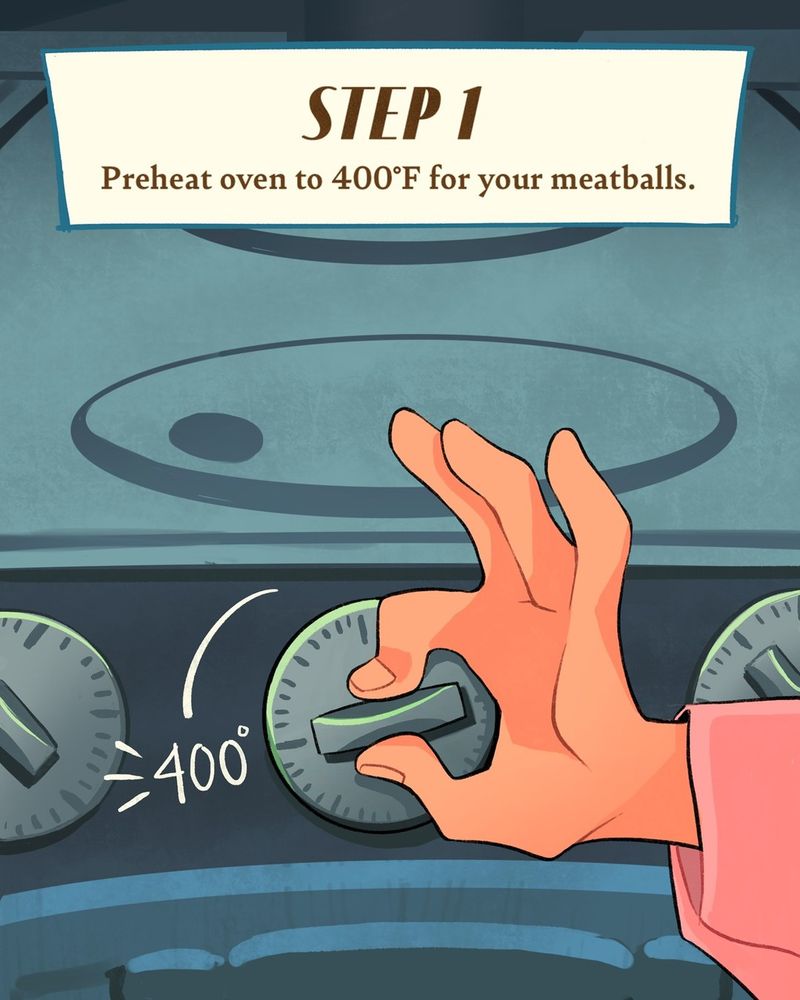
Skipping the preheating step in your cooking can lead to unevenly cooked meals. Preheating ensures that your oven reaches the right temperature for consistent results. Therefore, always take a few extra minutes to preheat.
Getting the temperature right is crucial in baking—it affects the texture and rise of your treats. Preheating may seem insignificant, but it’s actually a small detail that can make or break your recipe.
5. Not Letting Meat Rest
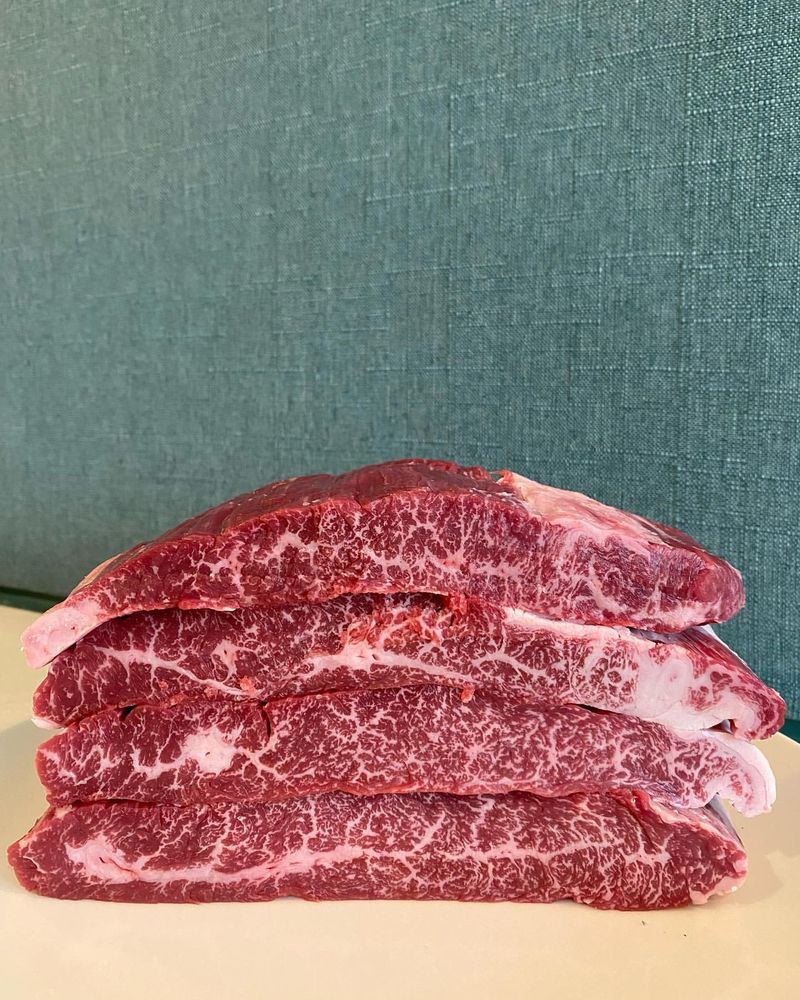
Cutting into meat straight from the grill can cause all the juices to escape, leaving you with a dry meal. Allowing meat to rest is crucial as it lets the juices redistribute. As a result, each bite remains tender and flavorful.
Resting times vary depending on the size of the cut, but even a few minutes can make a significant difference. This patience pays off in succulent, juicy meat that delights the palate.
6. Overcooking Pasta

Perfectly cooked pasta should have that slight bite, known as ‘al dente.’ Overcooked pasta? A sad, mushy mess with no personality. To get it just right, stick to the package instructions, but always taste it a minute before the suggested time.
And don’t forget, pasta keeps cooking after you drain it. So, if you’re planning to toss it in a hot sauce, undercook it for a minute to keep the texture on point. That way, the pasta stays the star, complementing the sauce without getting lost in it.
7. Using The Wrong Cooking Oil
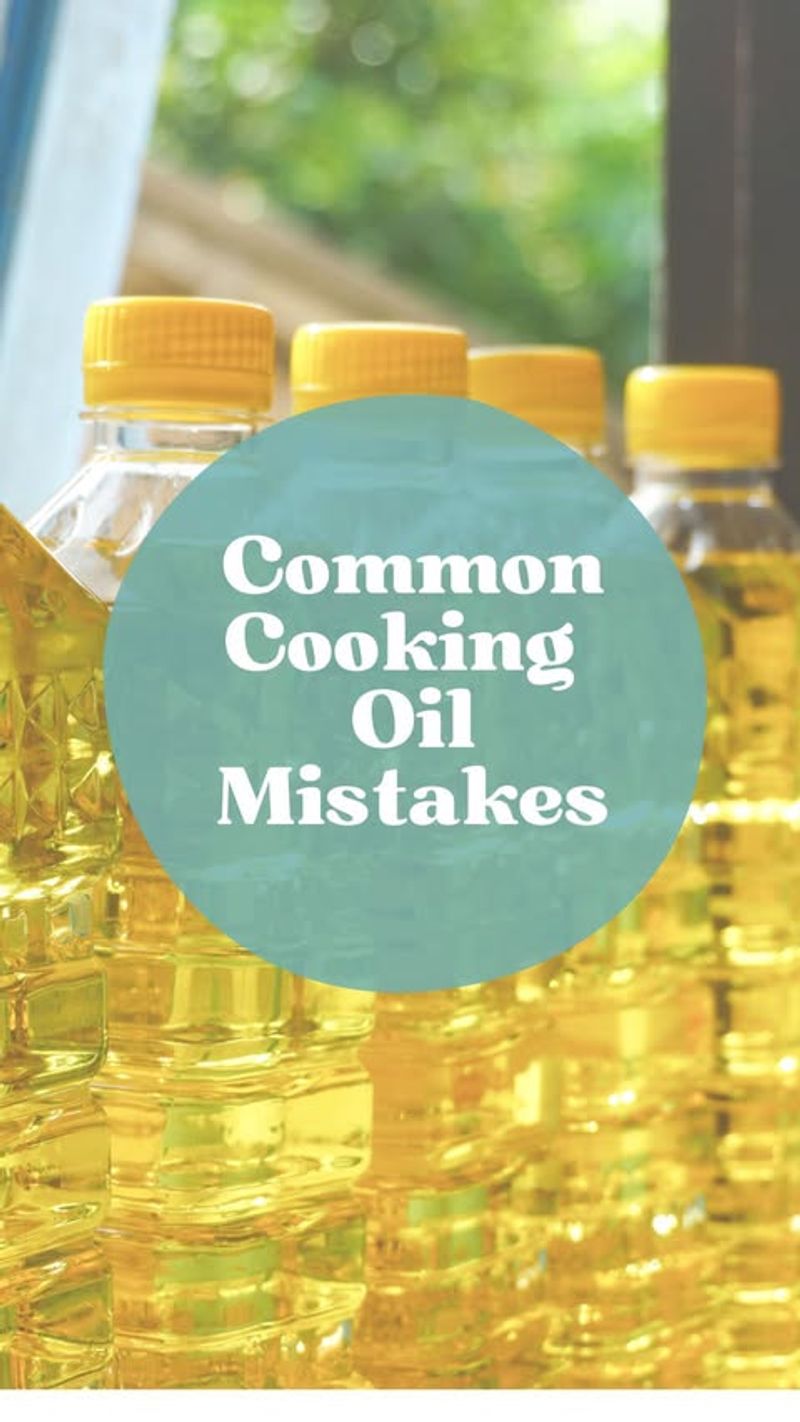
Not all cooking oils are created equal. Their smoke points can significantly affect your dish’s outcome. For high-heat cooking, such as frying, oils with high smoke points, like canola or avocado, are ideal.
Conversely, olive oil is best reserved for low-heat or finishing dishes due to its lower smoke point. The right oil choice ensures your dishes are both delicious and healthy, elevating your cooking prowess.
8. Neglecting To Deglaze
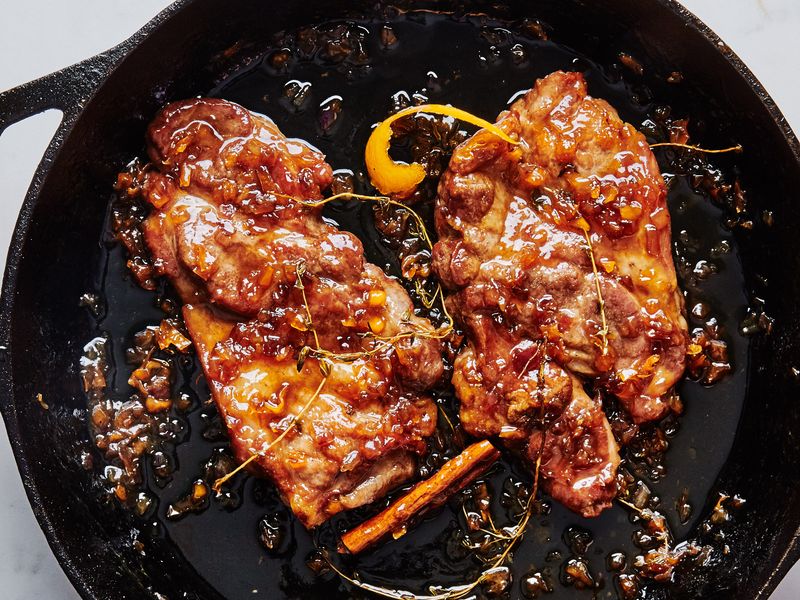
After searing meat, those brown bits at the bottom of your pan, called ‘fond,’ hold incredible flavor potential. Neglecting to deglaze means losing out on a rich depth of flavor.
Deglazing involves adding liquid, such as wine or broth, to dissolve the fond. This step creates a delicious base for sauces, transforming simple dishes into gourmet experiences.
9. Improper Measuring Techniques

Baking is a science, requiring precise measurements for success. Improper measuring can lead to disappointing results, such as dense cakes or rubbery bread.
Therefore, always use the right tools: graduated cups for liquids and flat-topped cups for dry ingredients. By adhering to proper measuring techniques, you honor the recipe’s integrity.
10. Ignoring Temperature Guidelines
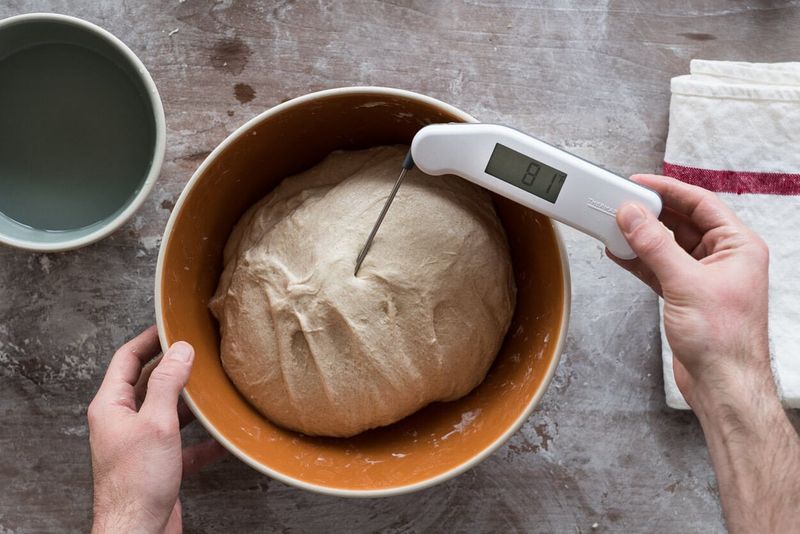
Temperature guidelines aren’t just suggestions—they’re your ticket to safe and perfectly cooked food. Skip them, and you’re either biting into something undercooked or choking down something overdone.
A trusty thermometer is your new best friend for taking the guesswork out of cooking meat. It guarantees your meal is both juicy and safe to eat, every time.
11. Using Old Spices
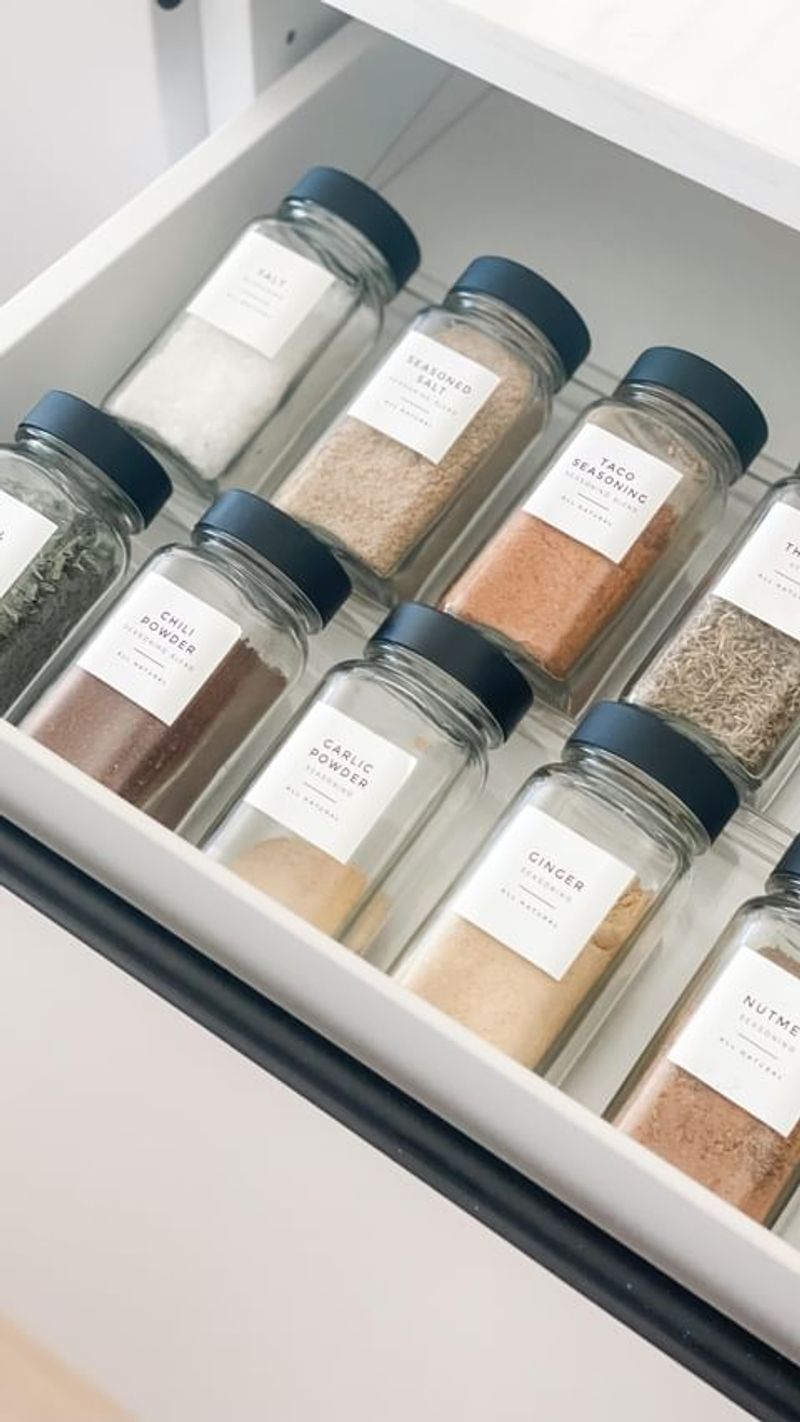
Spices lose potency over time, leaving dishes lackluster. Using old spices can result in bland meals, no matter how well executed otherwise. So periodically refresh your spice rack, replacing any over a year old.
Try to store spices in a cool, dark place to extend their life. Fresh spices add vibrancy and depth to dishes, transforming the ordinary into extraordinary.
12. Forgetting To Season In Layers

Seasoning isn’t just a final step; it’s integral throughout the cooking process. Forgetting to season in layers can lead to flat, uninspired flavors. Each layer of seasoning builds complexity, enhancing the overall taste. This approach ensures every component of your dish shines with flavor. Hence, mastering layered seasoning is crucial for any aspiring chef, transforming dishes from simple to sophisticated with every pinch and sprinkle.
13. Rushing The Cooking Process

Patience is a virtue in the kitchen, and rushing can compromise quality. Cooking slowly allows flavors to develop and ingredients to meld harmoniously. Avoid high heat to speed things up. Instead, allow time for simmering, marinating, and resting.
Taking your time in the kitchen isn’t just about the end result—it’s about getting every detail right. Embracing the process, rather than rushing to the finish, leads to better meals and a more enjoyable culinary experience.
14. Using The Wrong Pan

The pan you choose can significantly affect the outcome of your dish. Using the wrong pan can lead to uneven cooking or unwanted textures. Non-stick pans are excellent for delicate items like fish or eggs, while cast iron excels in searing meats. This helpful knowledge empowers you to make informed decisions, ensuring each dish emerges perfectly cooked and ready to impress.
15. Not Allowing Bread To Cool

The aroma of freshly baked bread can be irresistible, but slicing it too soon can ruin its texture. Allowing bread to cool is essential for structure and flavor. As it cools, the starches set, resulting in a firm yet tender crumb. Cutting too early often leads to gummy interiors.
Patience is key—let your bread cool completely before you savor it. It’s not just about preventing a burn on your tongue; this waiting game ensures you get those perfect, sliceable pieces. Plus, the flavors have time to mingle and develop, so you’ll actually taste all the hard work you put in (and not just the butter you slather on after).
16. Overmixing Batter

Overmixing is an easy trap when baking, leading to dense and tough products. When flour is overworked, gluten develops excessively, affecting the texture. Mix just until ingredients are combined, keeping batter light and airy. Folding ingredients gently helps preserve air bubbles, essential for a tender crumb.
Resisting the urge to mix like a maniac actually helps your baked goods rise like they’re supposed to and stay soft, instead of turning into dense bricks.
17. Ignoring Resting Time For Dough
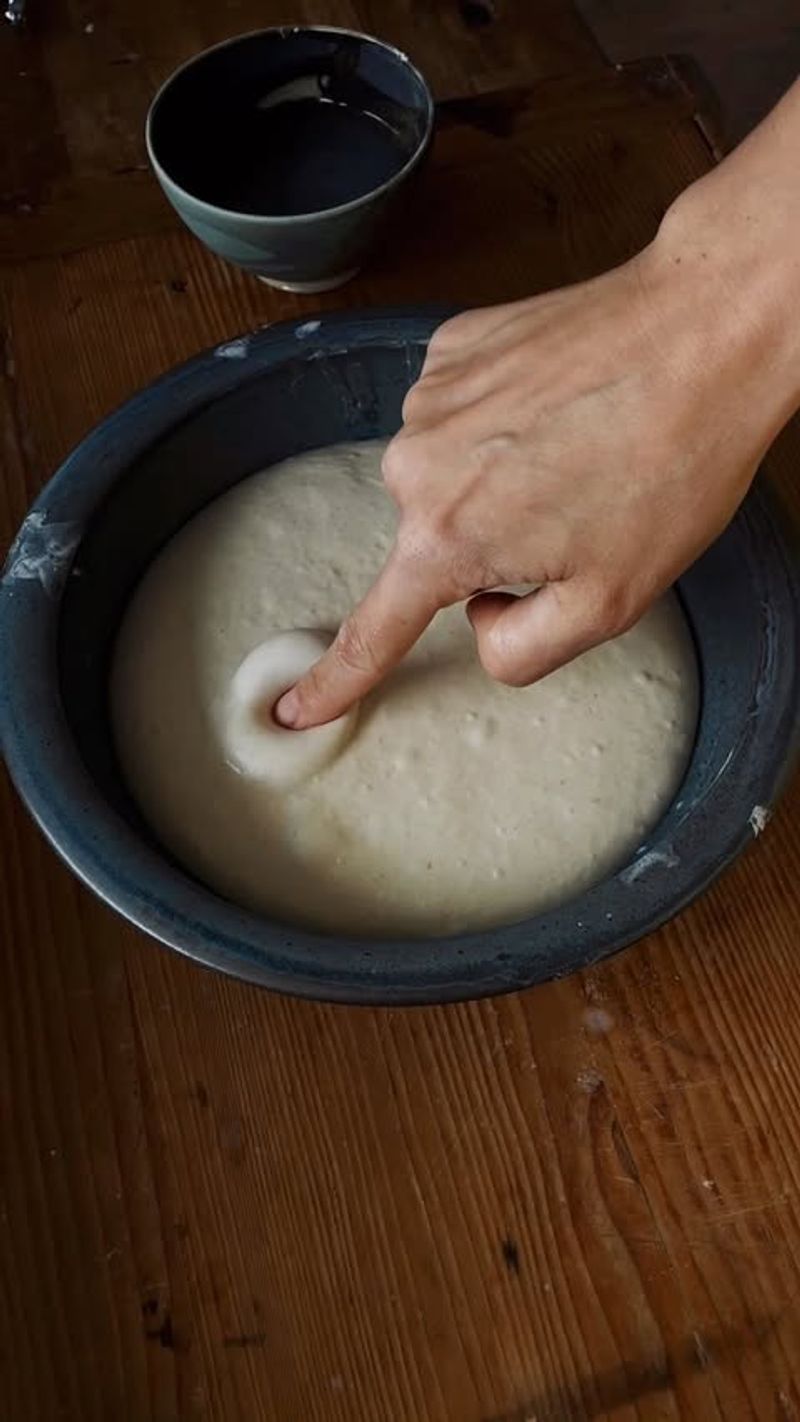
Don’t skip the dough’s beauty sleep—it’s crucial for flavor and texture. Ignore this step, and you’re left with dense, flavorless bricks instead of fluffy, delicious pastries. Resting lets the gluten chill out and gives yeast time to work its magic, making your dough rise to its full potential.
So, stick to those recommended resting times in your recipes. A little patience goes a long way, ensuring your baked goods are as tasty as they are airy.
18. Cooking With Cold Ingredients

Using cold ingredients can negatively impact the cooking process, leading to uneven cooking. Bringing ingredients like butter or eggs to room temperature helps ensure consistent results. Cold food takes longer to cook and can disrupt baking chemistry.
Planning ahead and letting your ingredients hang out at room temperature before using them might seem like a small step, but trust me—it makes a huge difference in both taste and texture. Not only does it help you nail the perfect doneness, but it also makes mixing smoother and easier. So, skip the cold butter drama and let your ingredients relax—your dishes will thank you!
19. Not Emulsifying Salad Dressings

A well-emulsified salad dressing turns a simple salad into a culinary delight. Without emulsification, oil and vinegar separate, leading to uneven flavor distribution. To emulsify, whisk together mustard or egg yolk with your ingredients until smooth and creamy.
By using this technique, the dressing binds together, ensuring every bite is perfectly coated. Plus, emulsified dressings cling better, making each salad bite that much more delicious.
20. Ignoring Acid In Dishes
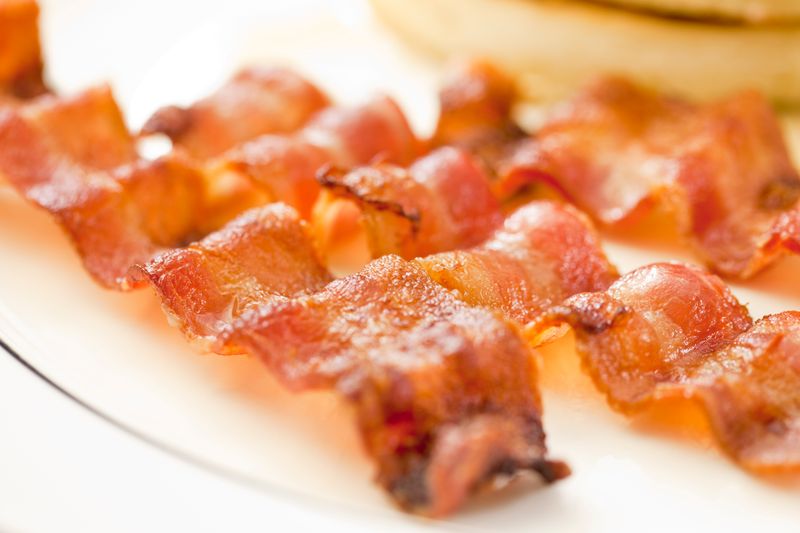
Acid isn’t just a tangy surprise; it’s the secret weapon to brighten up your dishes and balance the flavors. Skip it, and you might end up with a dull, one-note meal. Citrus, vinegar, and wine bring that zesty kick, adding layers and lifting your dish to new heights.
A splash of acid can cut through the richness of a sauce or stew, making everything feel lighter and more lively. Don’t be afraid to get a little bold with your acids—they’re the unsung heroes that bring freshness and vibrancy, turning good meals into unforgettable ones.
So go ahead, give your food a little zing and let the flavors pop!
21. Overcooking Vegetables
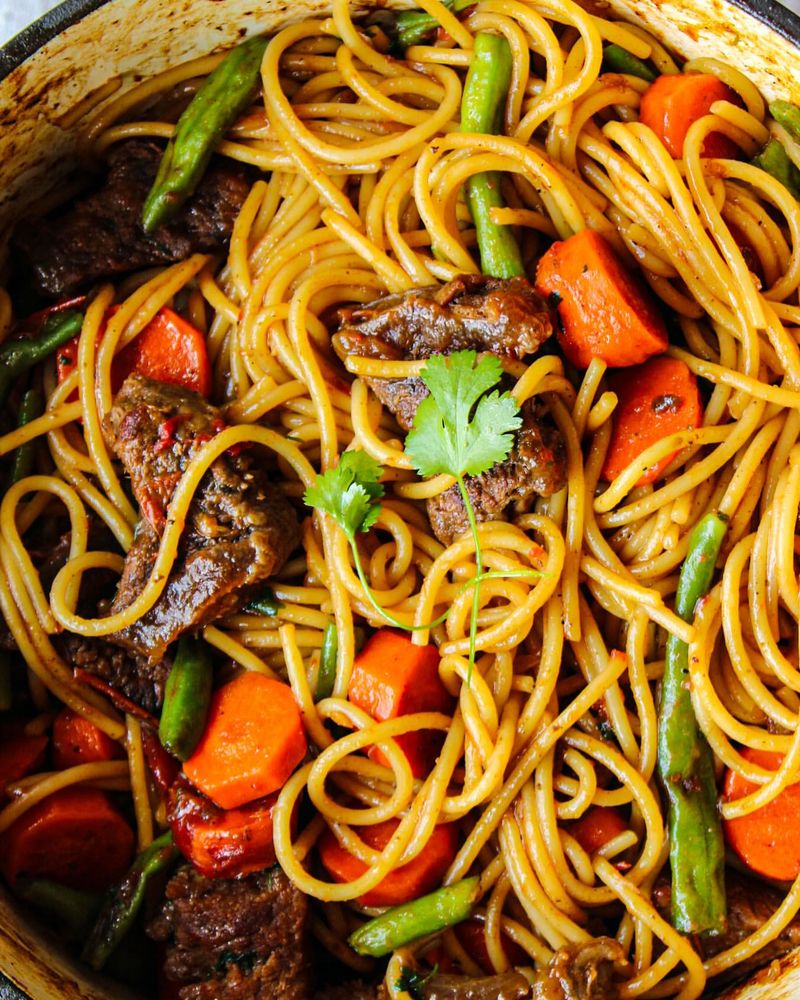
Vegetables should be vibrant and crisp, retaining their natural goodness. Overcooking not only dulls colors but also strips away nutrients. To preserve their essence, cook vegetables briefly using methods like steaming or sautéing. Taste and texture are paramount, so aim for tenderness with a slight crunch.
Therefore, pay attention to time and technique, allowing the true nature of your vegetables to shine vibrantly on the plate.
22. Not Prepping Ingredients Before Cooking
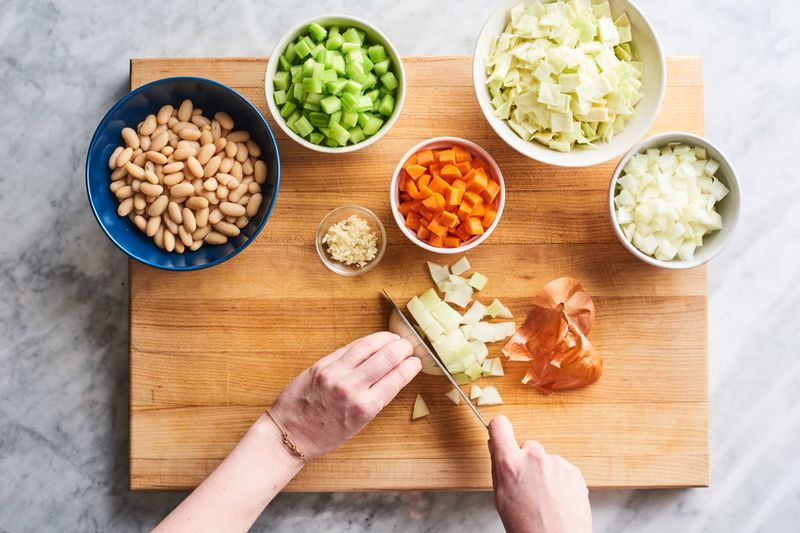
Mise en place, or ‘everything in place,’ is a fundamental concept in cooking. Not prepping your ingredients beforehand can lead to chaos and mistakes. Having everything measured and ready streamlines the cooking process, allowing you to focus on technique and timing. Moreover, it reduces stress and enhances efficiency.
By adopting mise en place, you bring order and clarity to your kitchen, making cooking more enjoyable and productive.
23. Inconsistent Slicing Of Ingredients
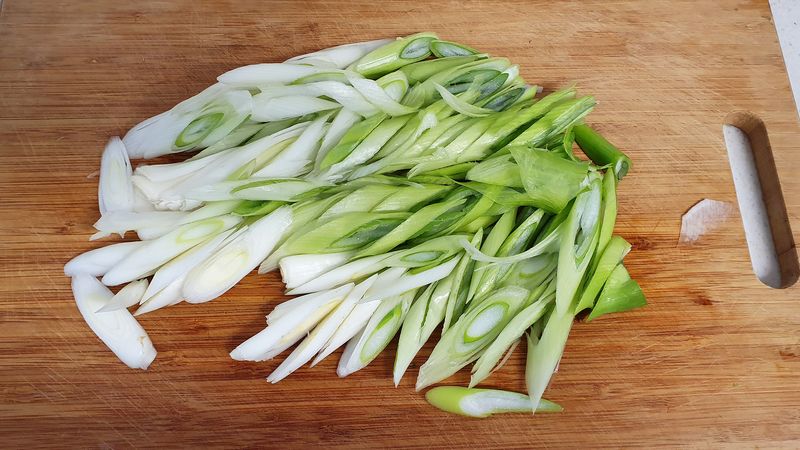
Consistent slicing ensures even cooking and a balanced presentation. Inconsistent cuts can lead to uneven textures and flavors. Therefore, aim for uniformity in size and shape for all ingredients.
Practice knife skills to enhance precision and speed. This attention to detail impacts the overall dining experience, ensuring each bite is harmonious.
24. Not Adjusting Recipes For Altitude
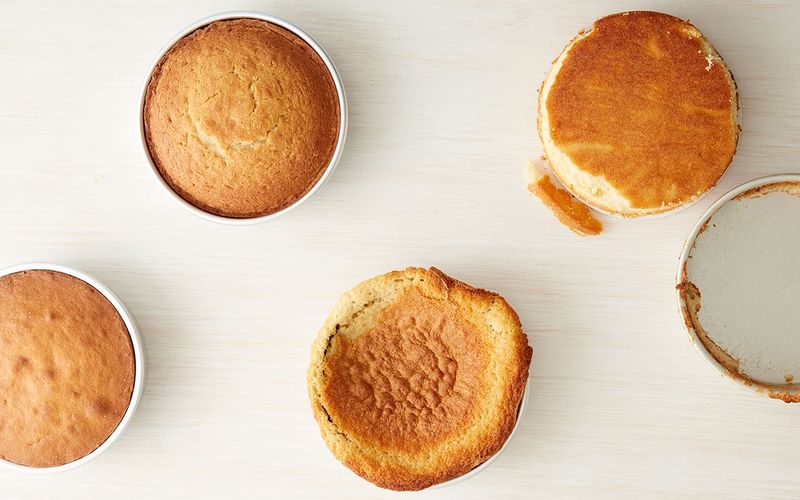
Cooking at high altitudes requires adjustments to recipes, as lower air pressure affects cooking times and outcomes. Ignoring these adjustments can result in flat cakes or undercooked meals. Therefore, modify recipes with additional liquid or altered cooking times.
Understanding these nuances enhances your adaptability in the kitchen. Mastering altitude adjustments is crucial for those living in elevated areas, guaranteeing successful and delicious results.
25. Using Inferior Ingredients

The quality of ingredients directly impacts the final dish. Using inferior ingredients can undermine your efforts, leading to lackluster results. Fresh, high-quality produce, meats, and pantry staples are your secret ingredients for any great dish. They set the stage for flavors that pop and textures that impress.
Plus, buying locally not only means fresher ingredients but also supports sustainability. So, next time you’re shopping, go for the good stuff—it’s the best way to elevate your cooking and make every meal a winner.
26. Overlooking Resting Time For Baked Goods
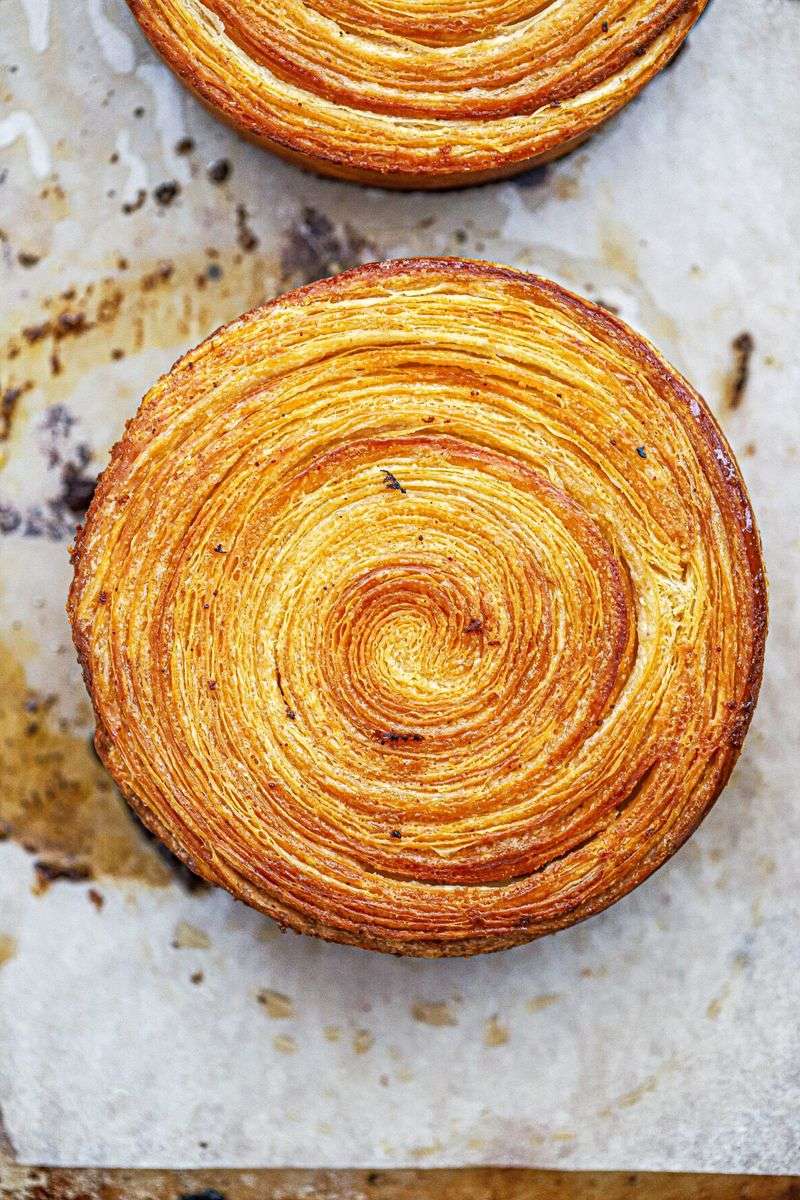
Just like resting meat, baked goods need time to settle and develop flavors. Cutting into a hot cake disrupts its structure, leading to crumbly textures. Allow cookies and cakes to cool completely on a rack. This patience ensures a firm yet soft crumb and enhances the final taste.
Moreover, resting allows flavors to meld and mature, offering a more complex profile. This simple yet effective practice ensures your baked creations are as delightful to eat as they are to behold.
27. Neglecting To Read The Recipe Entirely
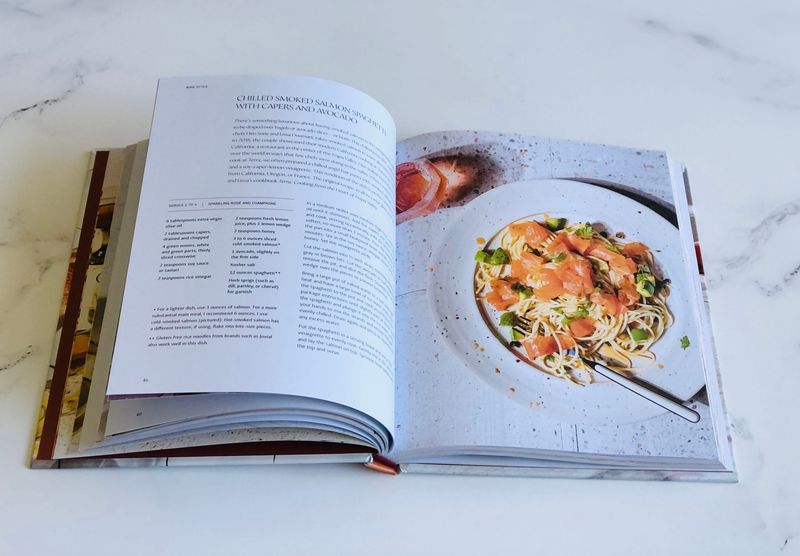
Jumping into a recipe without reading it entirely can lead to unforeseen issues. Ingredients might need to be combined differently than expected, or you might miss a crucial step. Therefore, always read through the recipe before starting.
By familiarizing yourself with the entire process, you gain confidence in your cooking. Taking a proactive approach is the secret sauce to culinary success—it sets you up for dishes that are not only delicious but executed to perfection.

